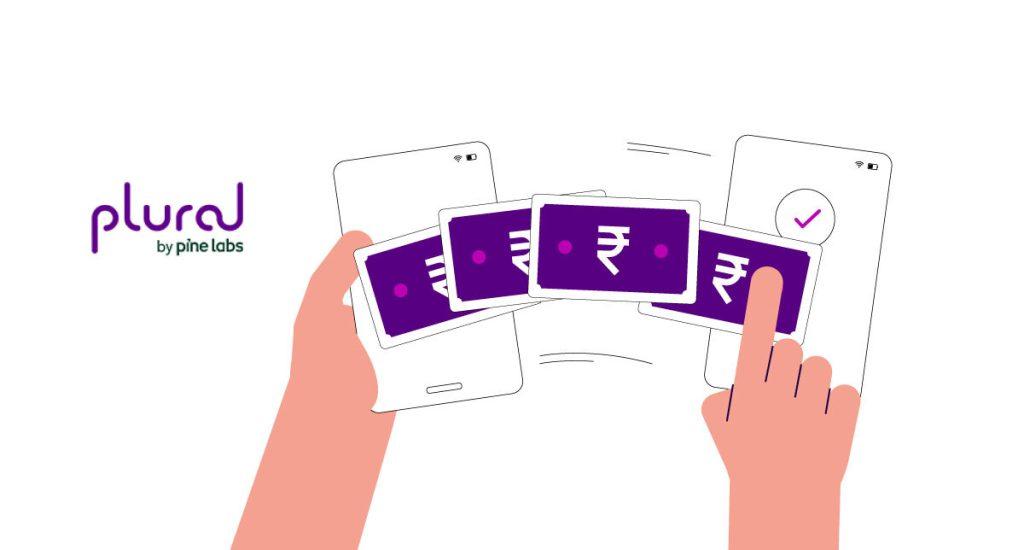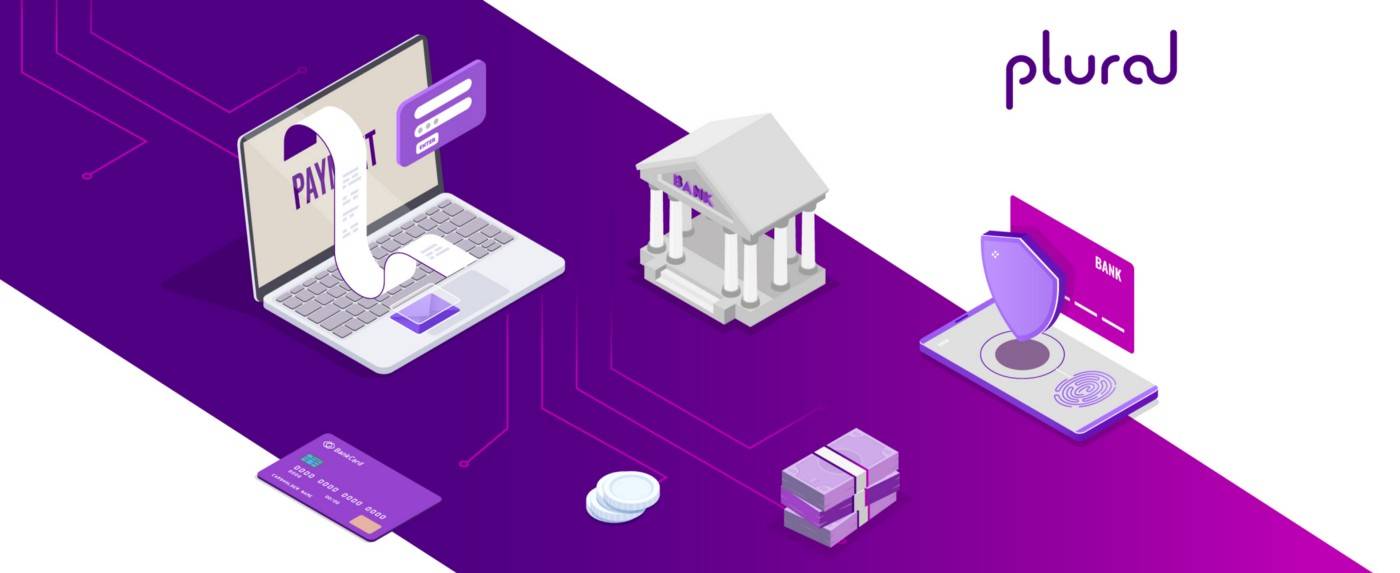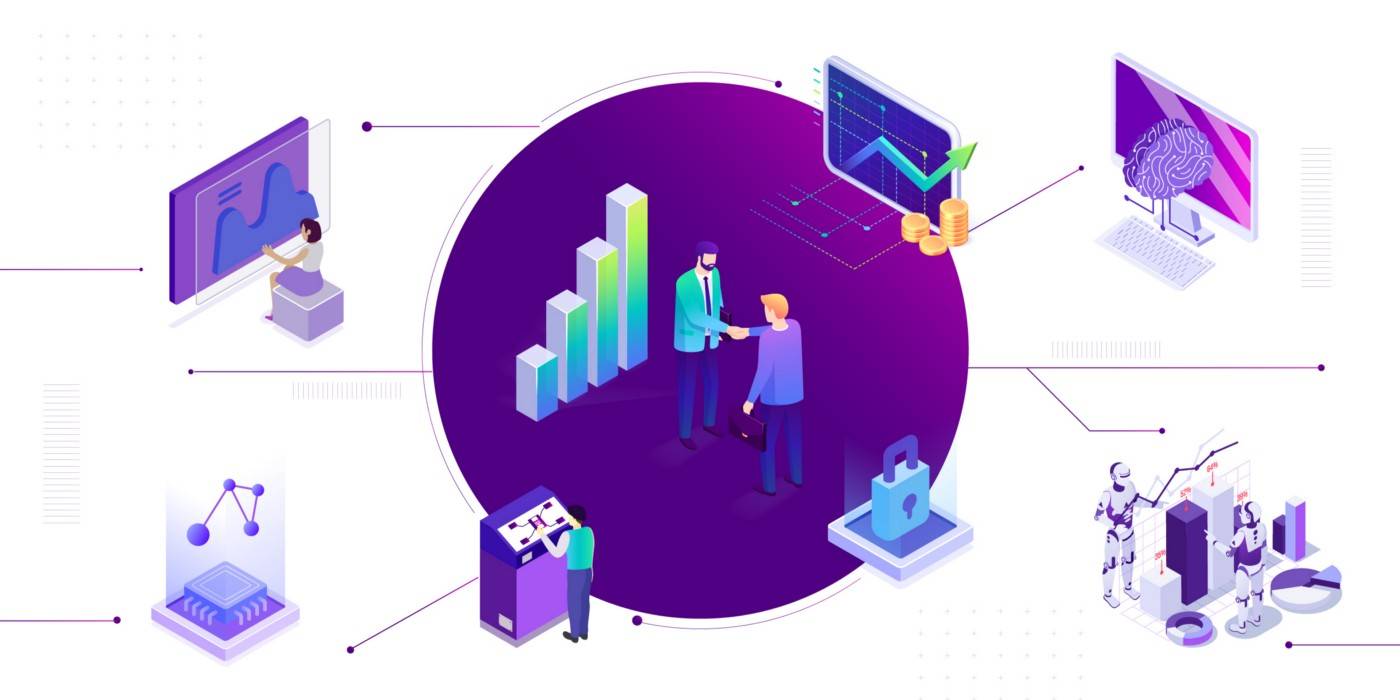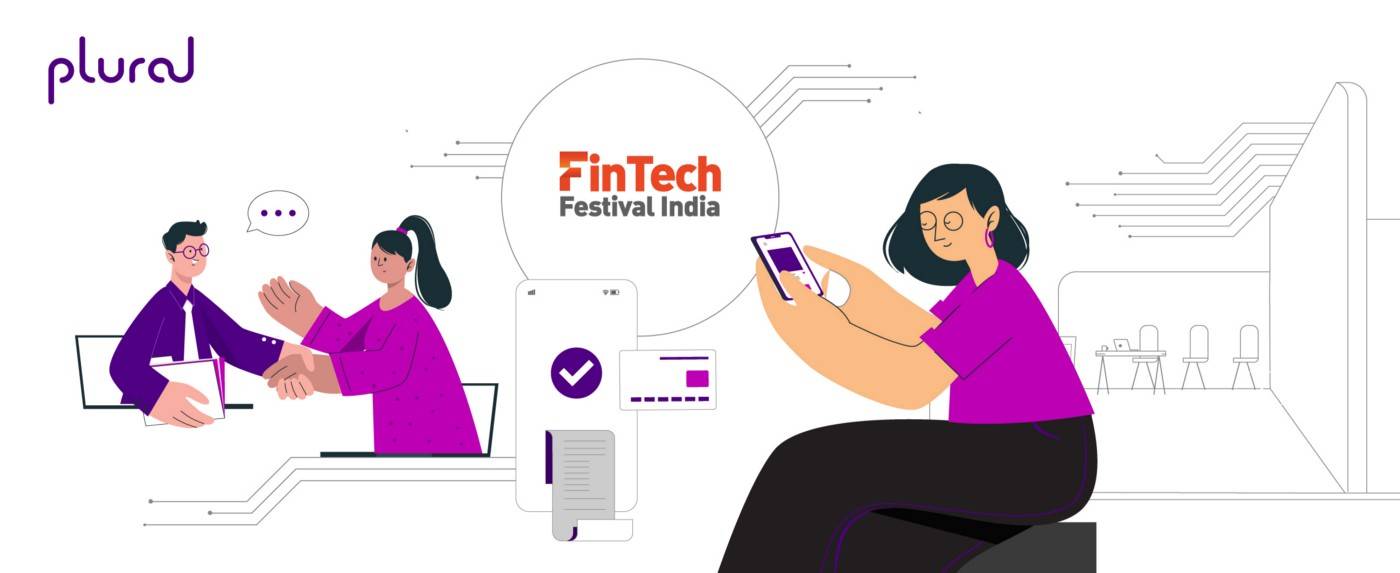When the National Payments Corporation of India (NPCI) launched the Unified Payments Interface (UPI) system in India in 2016, it triggered a global revolution. The ability to make instant payments was a disruptive trend in the payments universe. Peer-to-peer and peer-to-merchant payments were now possible in real-time, thus changing consumer payment behaviour forever.
Between October 2016 to 2017, the value of money transacted using mobile banking grew by 369%. Another interesting statistic – the consumption of goods and services by consumers and the Government, collectively, registered a quarter-to-quarter growth of 2.8% in the second quarter of the financial year (FY) 2016-17.
Let’s deconstruct instant payments to understand what makes them so popular. Let’s also understand the benefits for businesses and how more businesses can offer customers a seamless, secure instant payment experience.
What are instant payments?
Instant payments can be described as transactions between bank accounts that are initiated, cleared, and settled within seconds. They are also often referred to as real-time payments.
They can occur between various entities and be classified as peer-to-peer, peer-to-business, and business-to-business. As we can see, instant payments are very versatile.
Instant payments also come with several benefits for consumers and businesses. For instance, they can be initiated at any time of the day, week, month, or year. They can also happen on holidays and weekends. They enable convenience and transparency in payments between two or more entities.
Additional factors that have led to the adoption of instant payments are access to cheaper mobile phones and data and digital transformation across all sectors of business.
The instant nature of payments has also been a game-changer for businesses. Let’s understand the impact of instant payments on the acceleration of business growth.
7 benefits of instant payments
Here is a snapshot of advantages brought to businesses that activate instant payments:
1) Brings convenience to payment collection
The collection of payments has typically been a cumbersome process, with several manual processes involved. However, instant payments are fully automated.
With a few clicks, funds can be transferred from one bank account to another. The ease of payments also encourages consumers to shop more, translating to an economic boom for businesses.
2) Brings transparency to the process
Consumers and businesses can rest assured that they will receive alerts and notifications at every step of the way via SMS, email, and messaging apps. Hence, no payment can be made without a digital trail.
3) Boosts cross-border revenues
Before the introduction of instant payments, there was no singular payment system that was convenient, secure, hassle-free, and instant for cross-border transactions. This scenario also resulted in a trust deficit between consumers and businesses.
Real-time payments have been a game-changer, enabling businesses to expand international business and collect payments with ease. Between 2023 and 2030, the cross-border payments market is expected to grow by 80%.
4) Enhances cash flows for businesses
One of the top challenges of all businesses is the cash flow gap. The longer consumers and clients take to pay a business, the larger the cash flow gap.
Traditionally, businesses have had to take loans to maintain their operations when cash flow is in the negative. However, a business’s ability to collect payments instantaneously has been instrumental in reducing the cash flow gap.
5) Builds vendor trust
Access to instant payments enables businesses to pay key vendors on time and sustain their operations and supply chain. This mode of payment also plays an important role in cultivating trust with new vendors, especially those based in another state or overseas.
6) Reduces transaction costs
One of the top advantages of instant payments is the low transaction fees incurred by businesses.
Typically, it varies between 0.5 and 1.1% of the cost of the product or service. The low fees are especially attractive for cross-border transactions.
7) Drive revenues and profitability
One of the top goals of businesses is to become profitable. With low transaction fees of instant payments, improved cash flow prospects, and increased consumer spending, businesses can focus on driving revenues and, in turn, boosting profitability.
How to facilitate instant payments
As of January 2023, over 50 million merchants were able to accept instant payments. However, offering a comprehensive, seamless, and secure experience requires early investment in superior technology.
This is because several modes of instant payments are available today – from using credit cards, and internet banking, to UPI and debit cards. Businesses that can provide customers with the power of choice are more likely to grow market share faster.
However, customers are seeking higher value than just the ease of payments and the power of choice. They also seek affordability options such as Buy Now Pay Later, which includes them in the instant credit ecosystem.
Another key challenge faced by consumers is the payment technology gap when paying for subscription services, which can be cumbersome under the latest guidelines.
This is where the integration of a payment gateway, a unified interface, helps businesses address all these issues and more. For instance, many consumers want to shop in the channel of their choice without visiting a company website or app.
A superior payment gateway allows consumers to make payments in their channel of choice. Plural payment gateway is an ideal solution for Indian businesses to collect payments easily and securely with zero compromises on customer experience.
Final thoughts
Today, instant payments have gained immense popularity among consumers. According to Reserve Bank of India data, FY 2023 recorded instant payments to the tune of $13.2 trillion. By 2026 to 2027, the value of daily UPI payments is expected to cross 1 billion.
As more consumers adopt digital payments, businesses must invest in a superior payment gateway, which can help them offer a seamless payment experience.
Plural Gateway, an all-encompassing payment solution, enables instant payments using various payment modes. Our unified interface offers a credible, hassle-free payment experience to customers. It also enables features such as an affordability suite, custom branded pages that drive trust, and easy integrations to allow customers to leverage payment links and UPI autopay.
Besides these features, secure payments are a top priority, and businesses get access to in-depth payment analytics that spotlight consumer habits, trends, and needs.
Our gateway is backed with industry-standard security systems to protect customer data. With Plural Gateway, businesses can access a hassle-free integration experience and round-the-clock tech support. To learn more about Plural Gateway, contact us.
Plural by Pine Labs has received an in-principle authorization from the Reserve Bank of India (RBI) to operate as a Payment Aggregator.

Amrita Konaiagari is a Marketing Manager at Plural by Pine Labs and Editor of the Plural blog. She has over 10 years of marketing experience across Media & Tech industries and holds a Master’s degree in Communication and Journalism. She has a passion for home décor and is most definitely a dog person.




